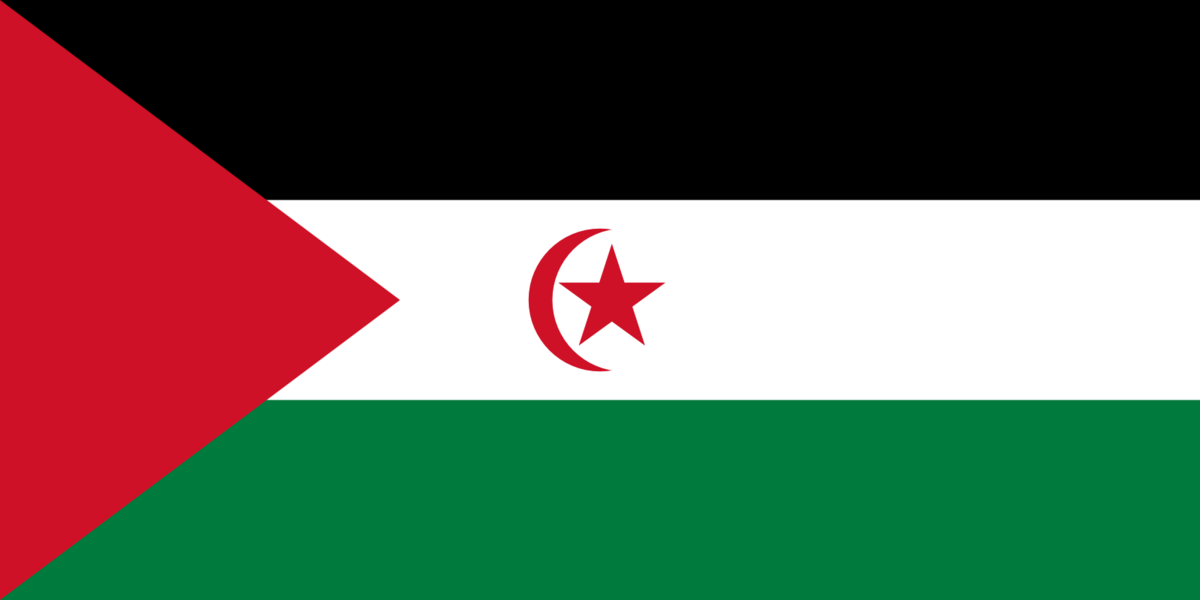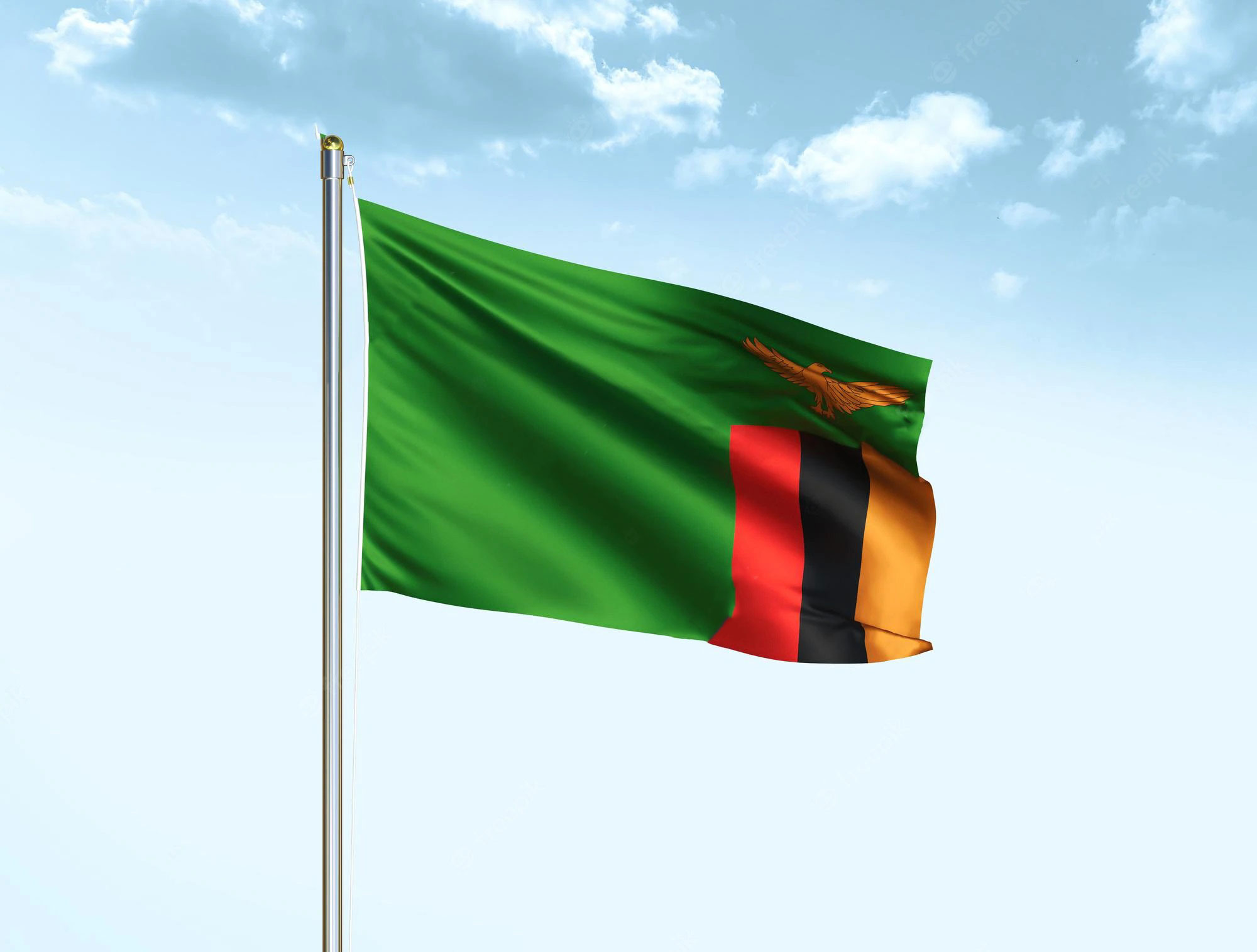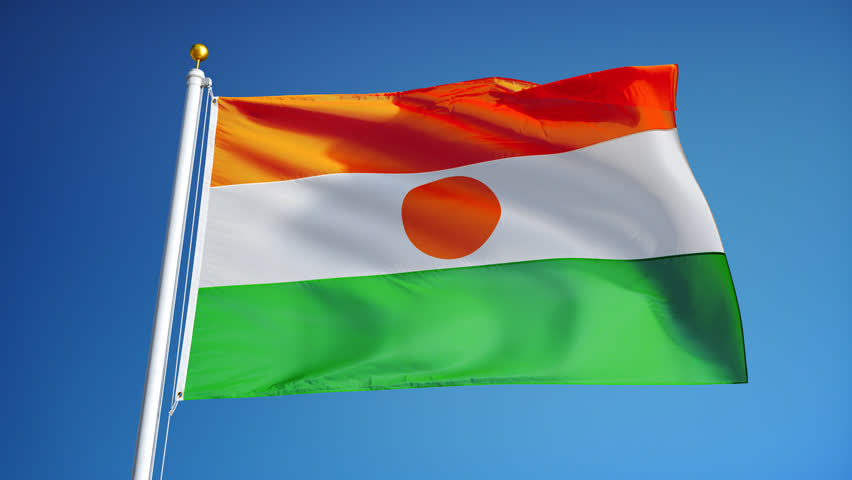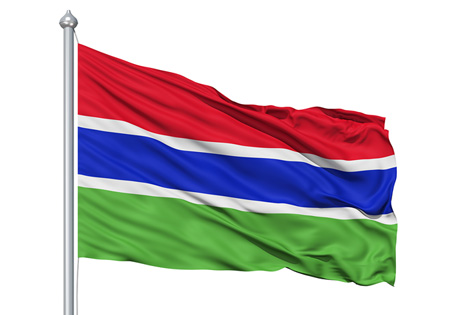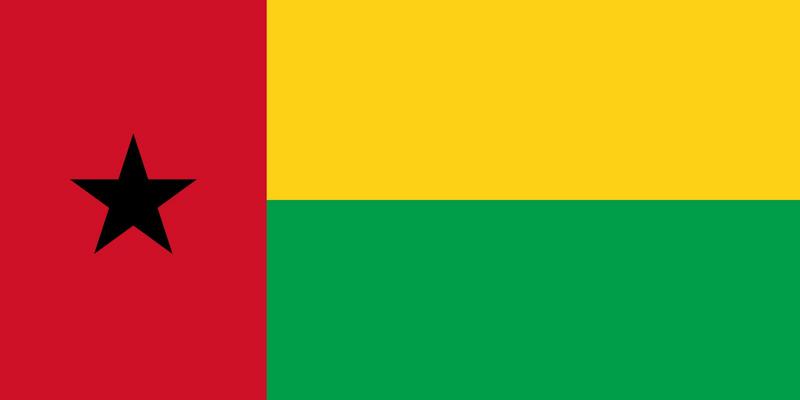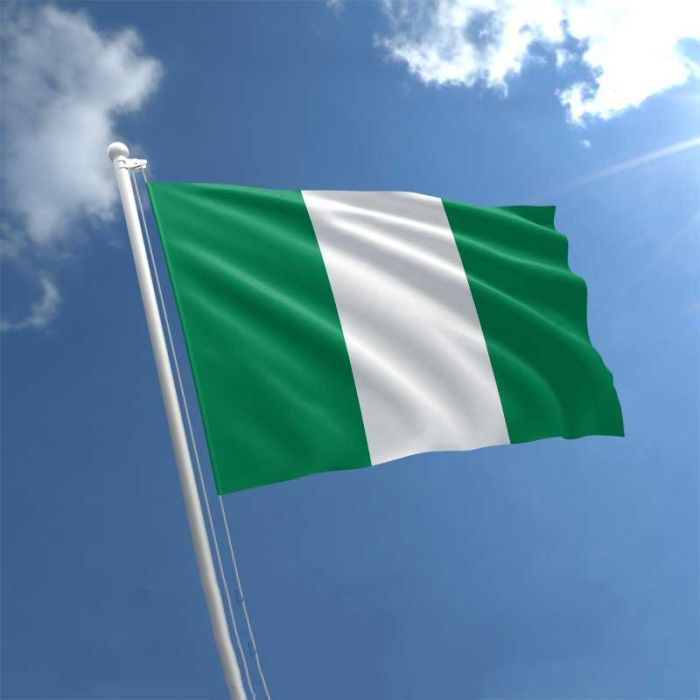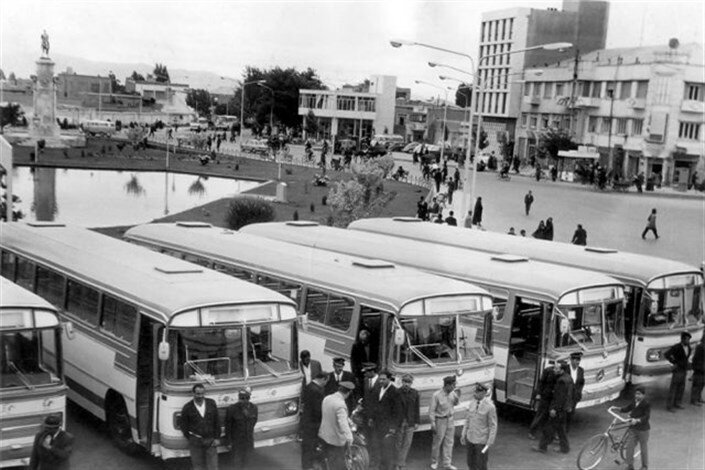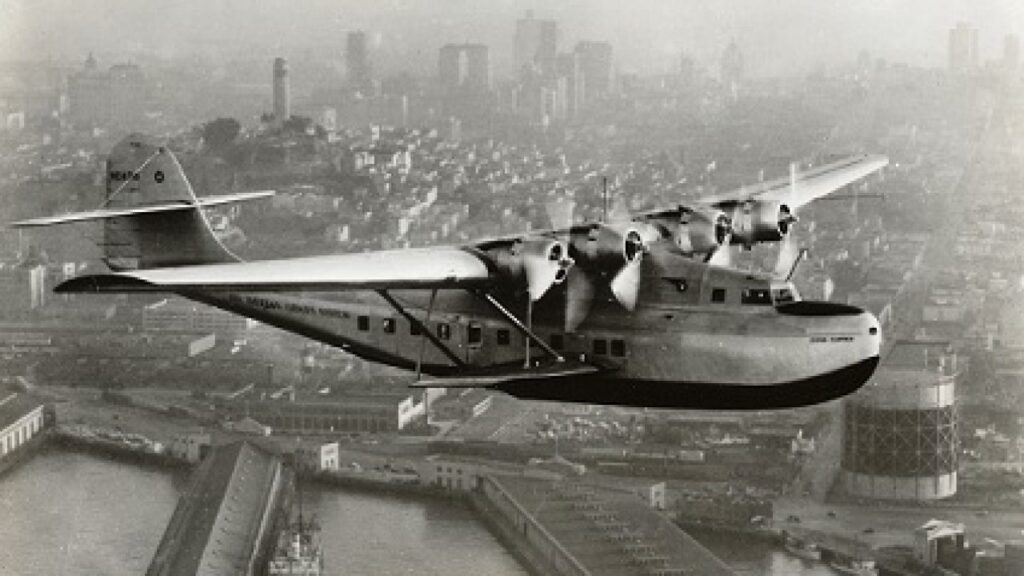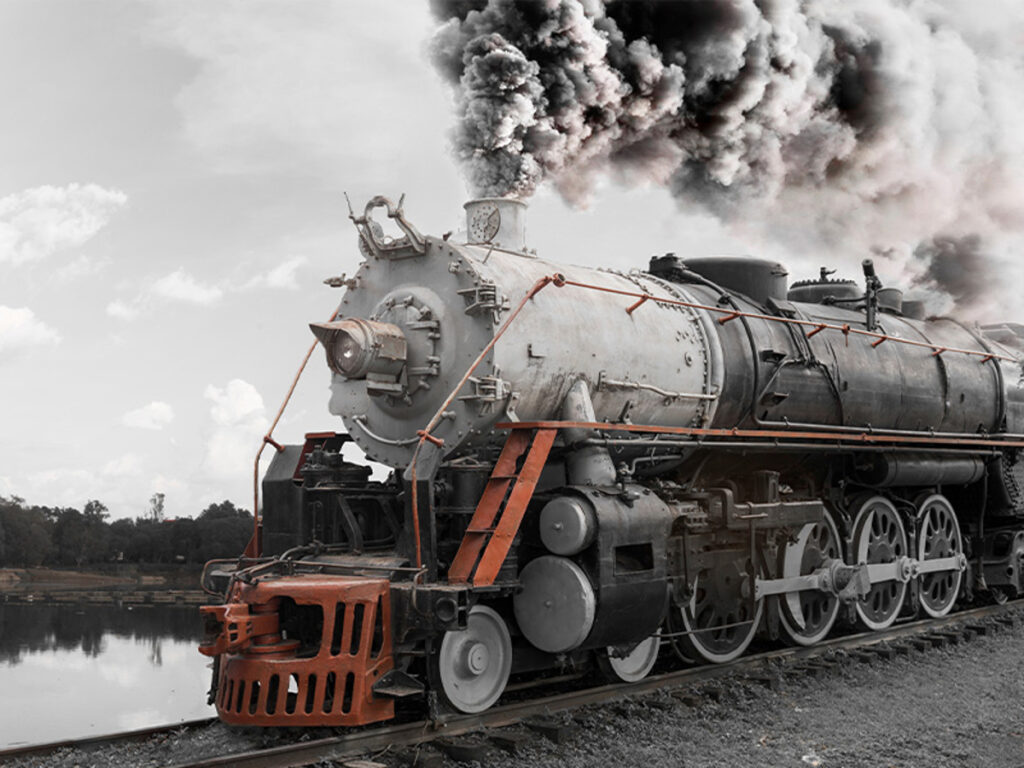In 1831, the idea of building a railway from Ottoman to the Persian Gulf was first proposed by the British, and Lord Palmerston and Lord Stanford Dudcalf approved it after 25 years and received this privilege, but due to some reasons, it was not implemented. In 1903, the Germans received the privilege of building the railway line from Ankara to the Persian Gulf, which lasted until 1914. And the reason for that was the conflict of Germany’s desire with the interests of the British and Russian countries, because this line would bring Germany closer to Iran. And the economic influence of Germany was extended to India, thus it was considered a threat to others.
In this regard, the British wanted to build a railway line in the south of Iran, and the Soviet Union was also thinking of building a railway line in the north of Iran to the Persian Gulf. Naser al-Din Shah Qajar, who faced two strong opponents and decided to use a third force in the meantime, for this reason, he made arrangements to contact the powerful Germany and sent a message to Germany about the construction of a railway line by Fajr al-Dawlah. But the Russian and British governments created problems for Iran with their arrangements.
Finally, in 1872 and 1874, respectively, the British government and the Russian government each volunteered to request railway concessions in Iran. In 1878, the representative of a French company living in Istanbul took the privilege of constructing the Rasht-Tehran railway line from the hands of Iran, which in the end did not reach the practical stage. The privilege of constructing the Hazrat Abdulazim railway line was given to Mesiobuatal, who later sold it to a Belgian company, which invested two million francs to build this railway, which was opened in 1888.
Iran’s second railway line was built with the capital of an Iranian person named Haj Mohammad Hossein Amin al-Dharab from the port of Mahmood Abad by the Caspian Sea to the city of Amol, which had no other result than a loss for the concessionaire, which was abandoned as a result. Later, England and Russia built several local railway lines in Iran to protect their interests, the Jolfa railway to Tabriz, also between Sufiyan and Sharafkhaneh on the shore of Urmia lake was built by Russia. During the First World War, Ottoman forces occupied and destroyed the railway line from Azerbaijan to Marand, but at the same time, in the early fall of 1915, they also built the Mako railway line.
The Zahedan railway lines from Java to Zahedan, which was the continuation of the road to India, were built by the British in Iran in 1918 and 1919. Some Iranian activists united in 1959 to establish a company capable of building a railway in Iran. This group also presented suggestions to the parliament, but they remained fruitless until these suggestions were implemented in the first Pahlavi period. According to that, the railway construction bill was published on January 20, 1305 AH and was approved in a meeting on January 18, 1305 AH.


